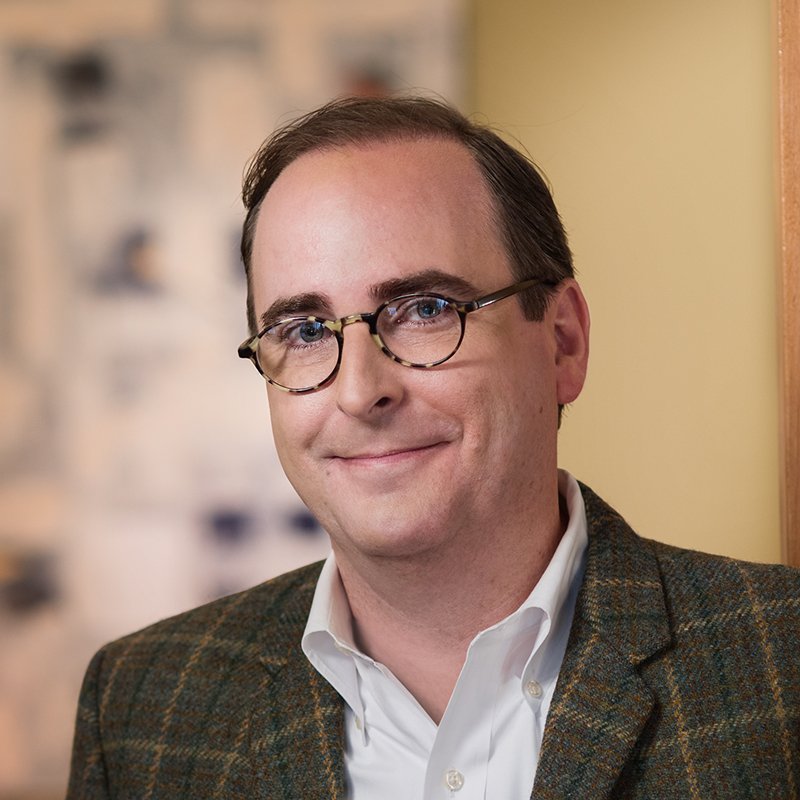This is your brain (and your cause) on guilt.
When was the last time you thought “no” but said “yes”? Accepted an invitation when you’d rather stay home with a bowl of popcorn on your lap? Or avoided letting a poor-performing staffer go even though they — and your organization — would ultimately benefit in the end?
I’m intrigued by the power of guilt. We go to such great lengths to avoid it, yet it persists in stalking us at work, in our family life, and even in our inner dialogue. What if we could better understand its causes? What if that led to more self-authority? And what if we made decisions that improve our outlook, our jobs, and the causes we’re working to support?
Of course, we all have to make compromises, and thank goodness for that. Otherwise, we’d never experience that dreaded dinner party that turns out to be a blast. But this too can be optimized by a closer examination of guilt. Because if we truly understand the behavioral science behind it, we’ll know when to cast discomfort aside and get dressed for the party. We’ll also know when to heed our inner warnings about the job candidate, grant request, or board member’s ask.
Guilt is a manifestation of our sense of responsibility. It’s a signal that arises when our thoughts or actions contradict our values or others’ expectations. Sometimes it’s there to keep us true to our obligations. Other times, it’s unwarranted. Here’s how to know the difference, and how to apply that to both yourself and the issue you’re working to solve.
1 |
Know the cognitive biases that shower our thoughts with guilt.Responsibility Bias It can be noble to take ownership, but chances are it’s not all your fault. CEOs and executive directors tend to have an amplified sense of their role in any failure. There’s no need for the blame game, but intense feelings of guilt aren’t helping. Confirmation Bias When facing guilt, we look for ways to reinforce the belief that we are inadequate. Worse still, this bias causes us to ignore any evidence to the contrary. This self-reinforcing foe is both dangerous and cyclical. Hindsight Bias “I could have told you that was going to happen.” Not really. Once we know the outcome, we tend to view it as more predictable than it actually was. The worst part about this one is that it tends to feed on itself and gather strength over time. Negativity Bias I realize relentless optimism is a job requirement for the cause-committed leader. But even we the “glass is three-quarters full” folks prioritize negative information. In our hunter-gatherer days, this instinct was key to survival. Now, it causes us to overlook that there’s usually some good aspect of bad decisions. |
2 |
Understand that guilt can be constructive or destructive.
In both cases, consciously or not, we’re dodging it. In the “good” column are apologies, amends and constructive conversations. This is the healthy stuff that maintains equanimity and growth. In the “not so good” column are actions that accompany quantum-size guilt trips.
|
3 |
Use your social impact marketing skill set.
Guilt is a dangerous weapon when it comes to behavioral change. We know making people feel worse about themselves isn’t effective. Guilt’s evil offspring is shame, and it perpetuates whatever problem we are trying to solve. An easy example: What is substance misuse but avoidance?
|
There are always exceptions, but I’m not one of them. Likewise, most cause leaders I know tend to be perfectionists. So let’s reframe perfectionism and call it guilt fertilizer. After all, it is the shit that makes guilt grow.
Most of us aren’t going to wake up tomorrow and leave home without the bed unmade. But I hope some of us can think about the next forgotten lunch meeting or missed soccer match and cut ourselves some slack. We do this with those we’re working to help. How about we help ourselves a little, so we have the focus to do more for others?
This article could have been better, but I’m letting go of that.
Kevin


